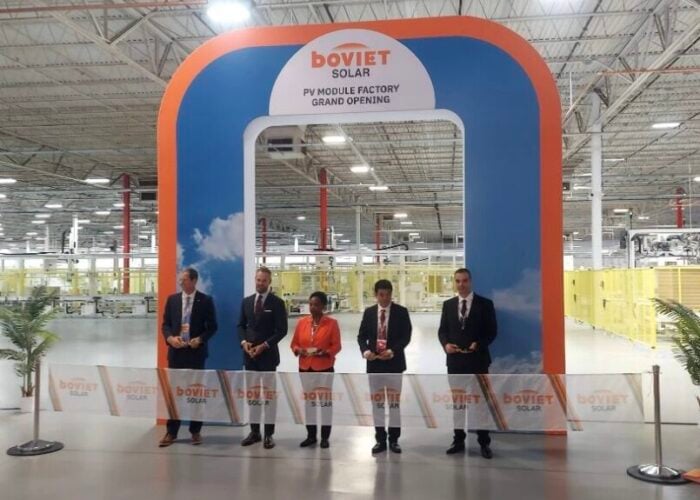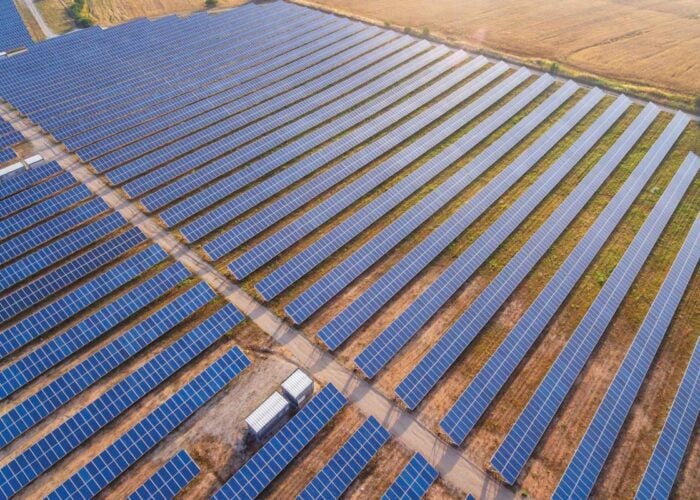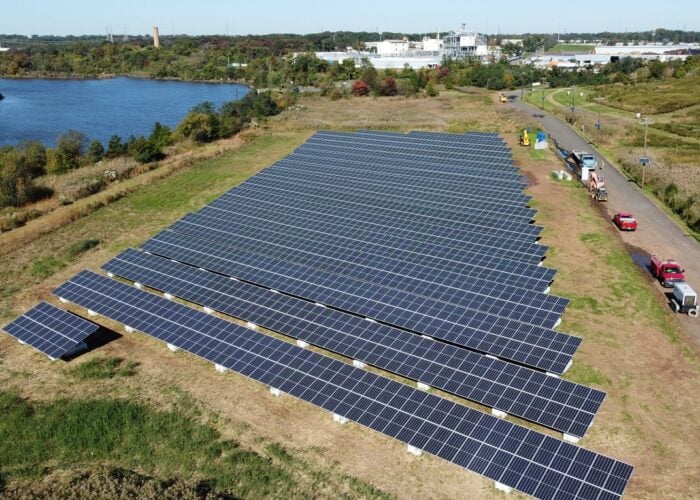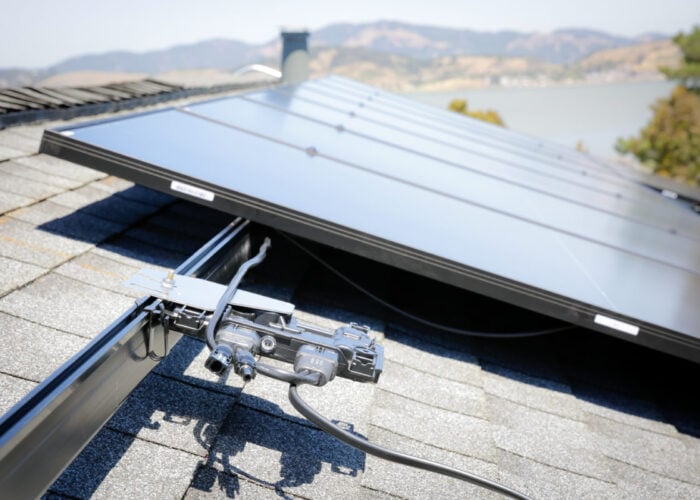
US residential solar and storage company Sunrun has published its 2023 financial results, which include 1.01GW of new solar capacity installed across the company’s operations.
In the fourth quarter of the year, Sunrun added 219.7MW of solar capacity at new installations, the lowest among the year’s four quarters, but still enough to reach its annual target of 1GW of installations, following impressive performances earlier in the year. This has pushed the company’s total portfolio of installed solar capacity to 6.7GW, and has helped drive considerable growth in the US residential solar sector in the last year.
Unlock unlimited access for 12 whole months of distinctive global analysis
Photovoltaics International is now included.
- Regular insight and analysis of the industry’s biggest developments
- In-depth interviews with the industry’s leading figures
- Unlimited digital access to the PV Tech Power journal catalogue
- Unlimited digital access to the Photovoltaics International journal catalogue
- Access to more than 1,000 technical papers
- Discounts on Solar Media’s portfolio of events, in-person and virtual
Or continue reading this article for free
According to the US Solar Energy Industries Association (SEIA), between the third quarter of 2022 and the third quarter of 2023, quarterly residential solar installation increased from 1.5GW to 1.8GW, and the residential sector installed more than 1GW of new capacity in each quarter since the third quarter of 2021. However, the SEIA has expressed concern about residential solar’s prospects in 2024, with changes to the California net metering policy, where residential solar is a significant industry, causing uncertainty in the sector.
Perhaps in response to this, Sunrun has invested considerably in solar-plus-storage projects in the second half of 2023, building on a policy to become a “storage-first company” announced in November last year. The company’s leadership has been optimistic about the early results of this change, with CEO Mary Powell highlighting the “incredible momentum” of the firm’s latest results.
“Sunrun ended 2023 in a great position and is starting off 2024 with incredible momentum,” said Powell. “Our team is driving an increased mix of higher-margin storage offerings and delivering positive cash generation in Q4.”
The graph below demonstrates how the storage attachment rate – the percentage of solar projects built with co-located storage facilities – at Sunrun has increased considerably over the course of 2023, from 14.9% in the first quarter of the year to 45.2% in the fourth quarter of the year.
This investment in both solar and storage projects has helped drive Sunrun’s encouraging financial results, with the company adding 30,005 new customers in the fourth quarter of the year, pushing its total customer base up to 933,275 customers.
The company also noted that its net earning assets reached US$5 billion in the fourth quarter of the year, up from US$4.6 billion in the previous quarter, but a decline on the US$5.6 billion posted in the fourth quarter of 2022.
Looking ahead, Sunrun also looks upon the falling cost of producing solar power in a positive light. The company noted that the falling cost of equipment, such as modules and inverters, would generate additional value of US$1,046 to “net subscriber value”, a measure of financial value created for customers. This is part of a wider trend of falling operational costs, with DNV expecting solar’s global levelised cost of electricity (LCOE) to halve by 2050.
However, this is not an entirely positive development. Earlier this week, analysts at Bloomberg New Energy Finance hosted a webinar discussing findings from the company’s latest ‘Energy Transition Investment Trends 2024’ report, which noted that global clean energy investment hit a record US$1.8 trillion in 2023, and head of global transition analysis Albert Cheung noted that, in the long-term, falling production costs can ultimately dissuade investment in the sector.
“On the solar side, we’re quite used to seeing record years. Year-on-year solar investment rises and rises,” said Cheung, suggesting that, on a global level, there could be less money entering the solar sector in the long-term. “This year, because the cost of solar fell so steeply last year, that solar investment figure actually would have been even higher if the cost hadn’t fallen because the falling costs tend to drive down investment totals at the end of the year.”







